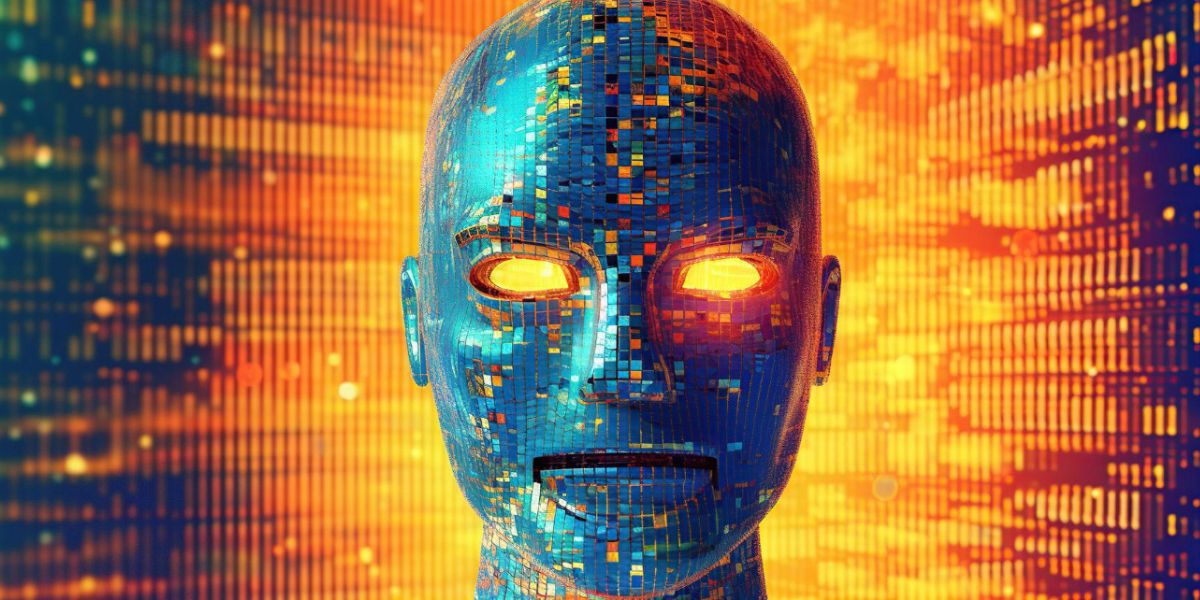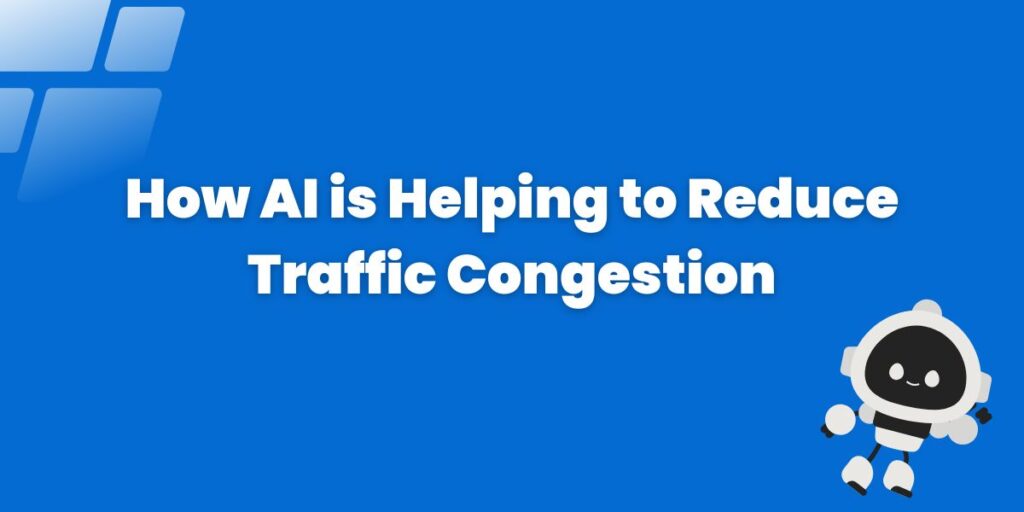The Future of Smarter Cities AI is Helping to Reduce Traffic
Traffic congestion is one of the biggest headaches we face daily. Whether you’re rushing to work, trying to get home after a long day, or simply running errands, sitting in traffic can be frustrating. But here’s the good news—AI (Artificial Intelligence) is stepping in to change the game. With smart technologies and intelligent traffic management strategies, AI is helping cities and commuters move faster, safer, and more efficiently. Let’s dive into some of the top trending AI strategies that are actively reducing traffic congestion worldwide.
1. AI-Powered Traffic Lights
Have you ever sat at a red light when no cars were coming from the other direction? It’s frustrating, right? Traditional traffic lights run on fixed timers, which means they don’t adjust to real-time traffic flow. But AI-powered traffic lights are different.
Cities like Pittsburgh and Los Angeles are using AI-driven traffic lights that analyze live traffic data and adjust signals dynamically. By using cameras and sensors, these smart lights detect congestion patterns and optimize traffic flow. As a result, waiting times at intersections are reduced, and cars spend less time idling, which also helps lower pollution.
2. Smart Navigation and AI-Based Traffic Predictions
If you use Google Maps or Waze, you’ve already experienced AI-powered navigation. These apps don’t just give you directions; they analyze live traffic conditions and predict the best route based on real-time data.
AI considers factors like accidents, road closures, weather conditions, and even past traffic trends to suggest alternative routes. This means you and I can avoid unnecessary delays and reach our destinations faster. The more people use these AI-powered navigation systems, the better they get at reducing overall traffic congestion.
3. AI in Public Transportation
Public transportation is a key player in reducing traffic, but inefficient routes and scheduling issues can drive people away. AI is stepping in to make buses, trains, and rideshare services more efficient.
For example, AI can predict peak travel times and optimize bus or train schedules accordingly. Some cities are using AI to adjust public transport routes in real-time based on demand. This means buses don’t run half-empty while others are overcrowded. It’s a win-win—commuters get a better experience, and fewer private cars hit the road.
4. AI and Autonomous Vehicles
Self-driving cars aren’t just cool tech—they’re part of the solution to traffic congestion. Autonomous vehicles (AVs) use AI to communicate with each other and avoid unnecessary stops, slowdowns, or sudden braking, which are major causes of congestion.

When AVs become more common, they can also reduce the need for parking spaces in busy cities, as they can drop passengers off and move on instead of sitting idle. Plus, ride-sharing services like Uber and Lyft are investing heavily in AI-driven autonomous fleets to reduce traffic and provide faster, smoother rides.
5. AI-Enhanced Carpooling and Ride-Sharing
One of the main reasons for congestion is that too many people drive alone. AI is making ride-sharing and carpooling more convenient than ever.
Apps like UberPool and Lyft Line use AI to match riders heading in the same direction, reducing the number of vehicles on the road. AI analyzes trip requests in real-time, finds optimal ride matches, and adjusts routes to maximize efficiency. This helps cut down the number of single-passenger vehicles, easing congestion in busy areas.
6. Predictive Maintenance for Roads and Vehicles
Traffic jams aren’t always caused by too many cars—sometimes, bad road conditions or breakdowns cause unexpected slowdowns. AI is helping cities maintain infrastructure and prevent sudden roadblocks.
AI-powered monitoring systems analyze road conditions and predict when maintenance is needed. This allows authorities to fix problems before they cause major traffic issues. Similarly, AI is used in vehicles to predict mechanical failures, reducing the chances of cars breaking down in the middle of busy roads.
7. AI for Traffic Law Enforcement
Traffic violations, such as running red lights, speeding, and illegal parking, contribute significantly to congestion. AI-driven enforcement systems are helping to improve traffic discipline and keep roads clear.
AI-powered cameras and sensors detect violations automatically and issue fines or warnings in real-time. This not only helps reduce reckless driving but also ensures smoother traffic flow. The fewer disruptions we have on the road, the better traffic moves for everyone.
8. AI-Optimized Parking Systems
Finding parking in a crowded city can be a nightmare. Many drivers waste time circling the block, adding to traffic congestion. AI is solving this issue with smart parking solutions.
AI-powered apps and sensors can guide drivers to available parking spots, reducing unnecessary driving and idling. Some AI systems even predict when a spot will open up based on historical data, making parking more efficient and stress-free.
Conclusion
We all know traffic congestion is a daily struggle, but AI is proving to be a powerful tool in making our commutes smoother and more efficient. From smart traffic lights and AI-powered navigation to autonomous vehicles and predictive maintenance, technology is helping us move faster while reducing frustration and pollution.
As AI continues to evolve, we can expect even smarter solutions to emerge. So the next time you skip a traffic jam thanks to Google Maps or get through an intersection faster because of an AI-powered traffic light, you’ll know that artificial intelligence is working behind the scenes to make life easier for all of us.


